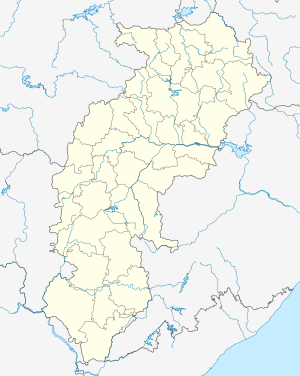
The operation, which took place over multiple days, has been described as one of the largest anti-Maoist actions in recent months. Senior officials stated that the forces had laid an ambush after tracking a large group of Maoists in the dense forested areas of the region. Following a prolonged firefight, the bodies of 36 Maoists were recovered, including several top leaders who had long evaded capture.
The encounter is being hailed as a substantial victory by the government, as the Maoist insurgency has been a persistent challenge for over four decades. The region of Dantewada, located in southern Chhattisgarh, has witnessed several high-profile attacks by Maoists on security forces in the past. Over the years, Maoists have entrenched themselves in the forests, leveraging the difficult terrain and local tribal population to maintain a foothold in the region.
The Maoists, or Naxalites, as they are often referred to, have been waging an armed struggle against the Indian state, with their ideology rooted in Marxist-Leninist principles. Their activities have primarily focused on disrupting governance in rural and tribal areas, targeting state institutions and security personnel.
Security officials indicated that intelligence gathered from surrendered Maoists and local informants played a key role in the success of the operation. There were also reports that the Maoists had been planning a large-scale attack on security installations, prompting the forces to act swiftly. The swift response from the combined forces thwarted these plans and led to the elimination of several senior commanders.
The encounter has also underscored the growing cooperation between the state police forces and central paramilitary units. In recent years, there has been a concerted push by the government to enhance coordination between various security agencies and deploy modern technology to track and neutralize Maoist movements.
Despite the significant losses suffered by the Maoist cadres, experts caution that the insurgency is far from over. The Maoists have proven resilient in the past, quickly regrouping after setbacks. Moreover, their deep connections with local populations in tribal areas make them difficult to fully eradicate. The government has been pursuing a dual strategy of militarily weakening the Maoists while simultaneously addressing socio-economic grievances in affected areas through development initiatives.
Critics of the government's approach argue that heavy-handed security measures alone may not be sufficient to resolve the conflict, as many tribal communities continue to face marginalization and lack of access to basic services. The Maoists have historically capitalized on these grievances to bolster their ranks and maintain support in rural areas.
